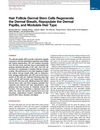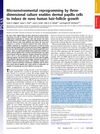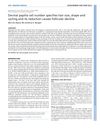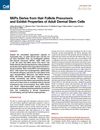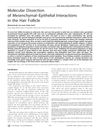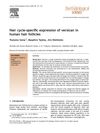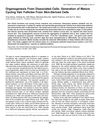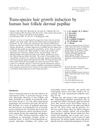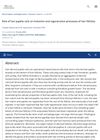Enhanced Expansion and Sustained Inductive Function of Skin-Derived Precursor Cells in Computer-Controlled Stirred Suspension Bioreactors
September 2016
in “
Stem cells translational medicine
”
TLDR Using bioreactors, scientists can grow more skin stem cells that keep their ability to regenerate skin and hair.
The study investigated the use of computer-controlled stirred suspension bioreactors to enhance the expansion and maintain the inductive function of skin-derived precursor cells (SKPs). The researchers found that SKPs cultured in these bioreactors exhibited significantly greater expansion, achieving a fivefold increase in viable cell numbers compared to traditional static cultures. Although the efficiency of SKPs to induce new hair follicle formation was reduced in bioreactor-expanded cells, both culture methods maintained the cells' ability to repopulate the dermal stem cell niche and reconstitute the dermal papilla and connective tissue sheath. This method provided a scalable and efficient approach for producing large quantities of functional SKPs, which could be beneficial for clinical applications in treating hair loss and other skin-related conditions.
